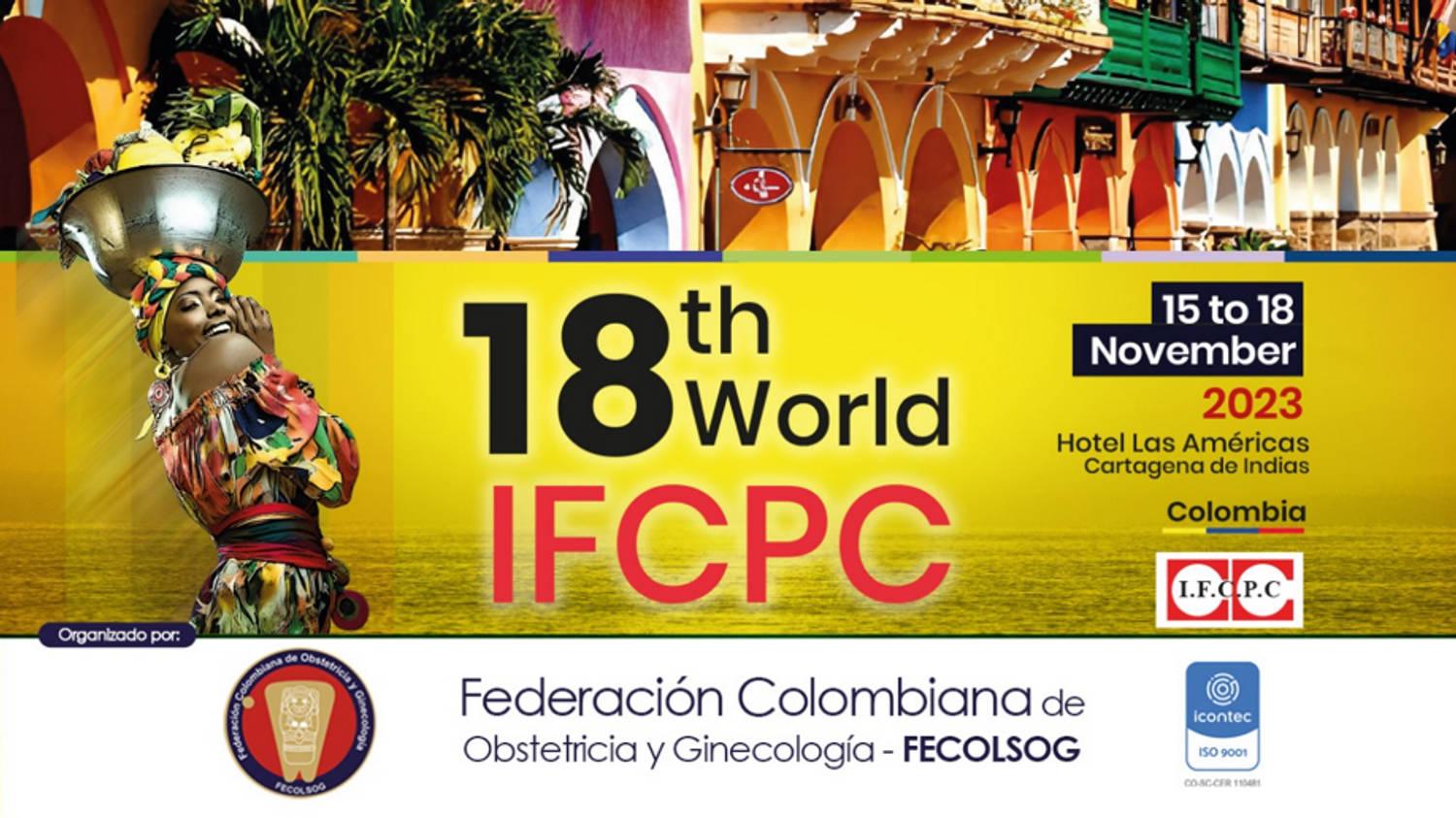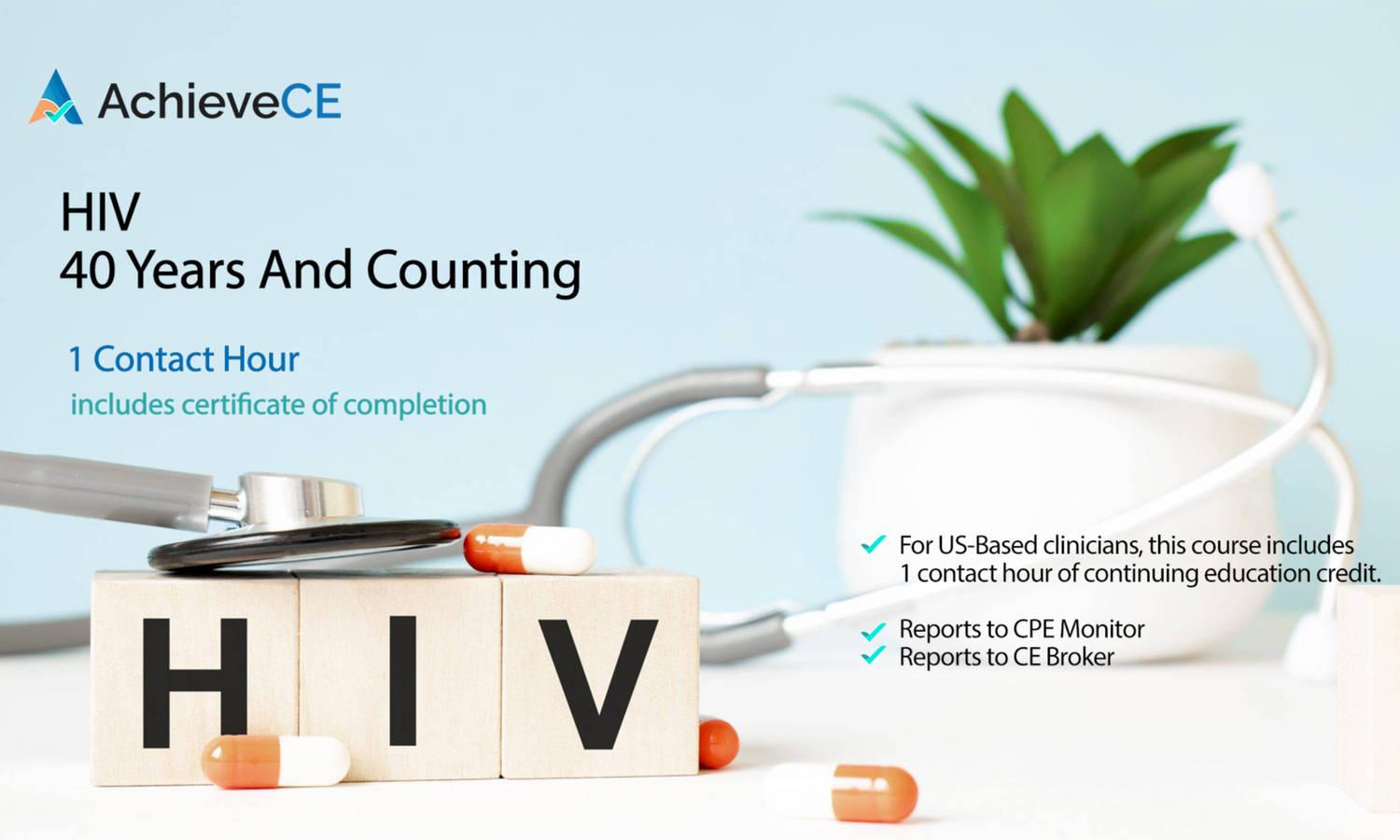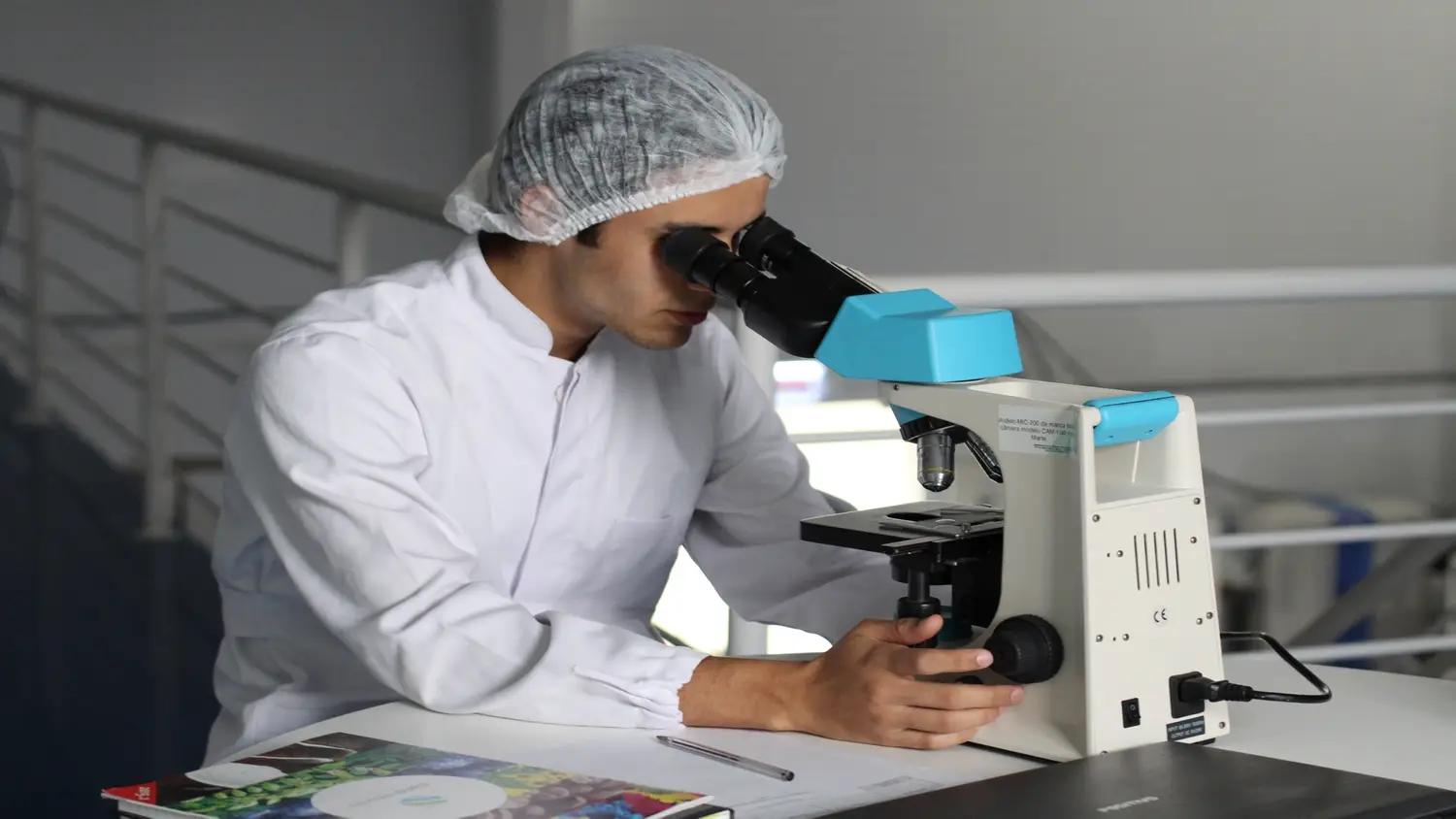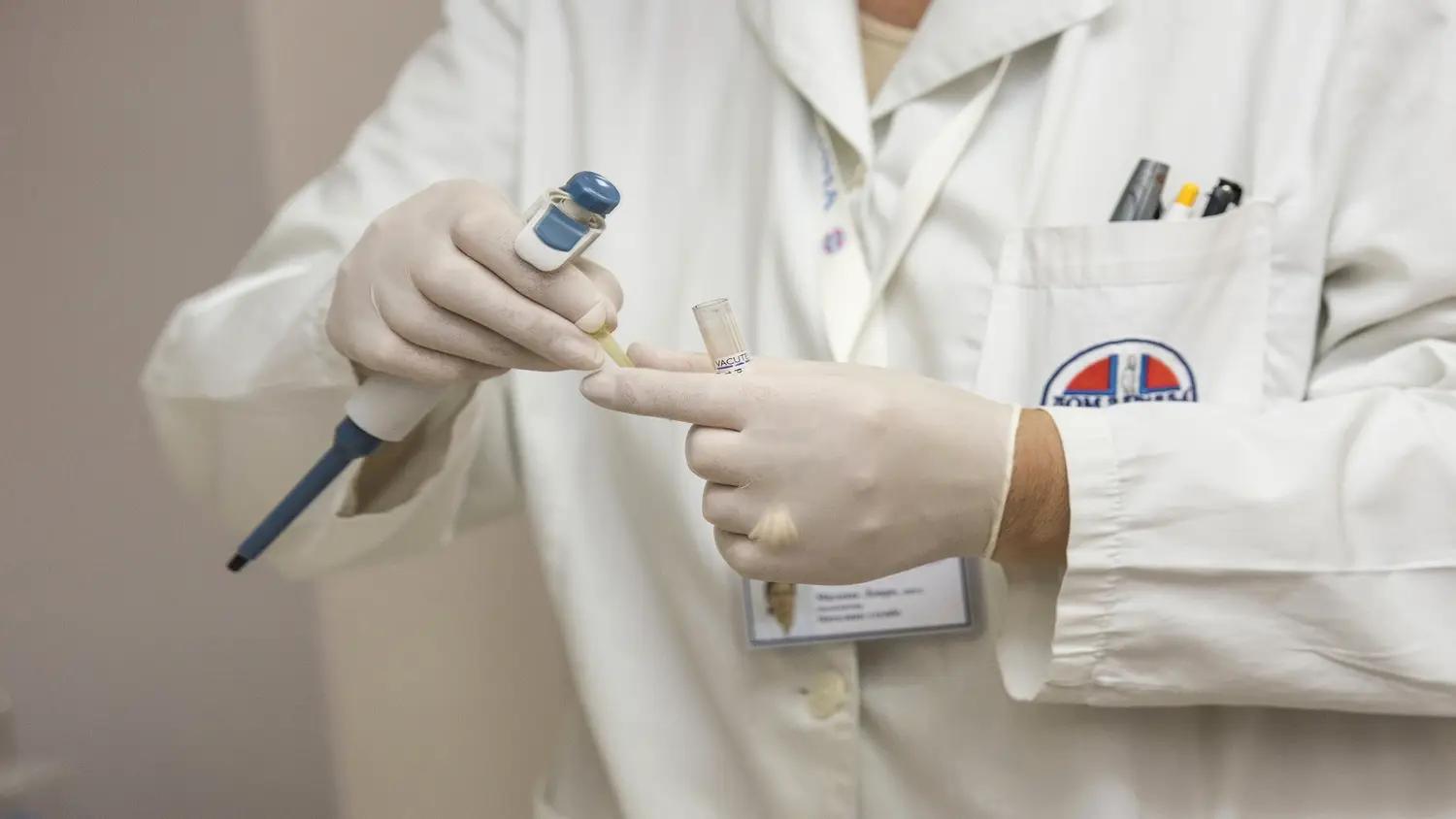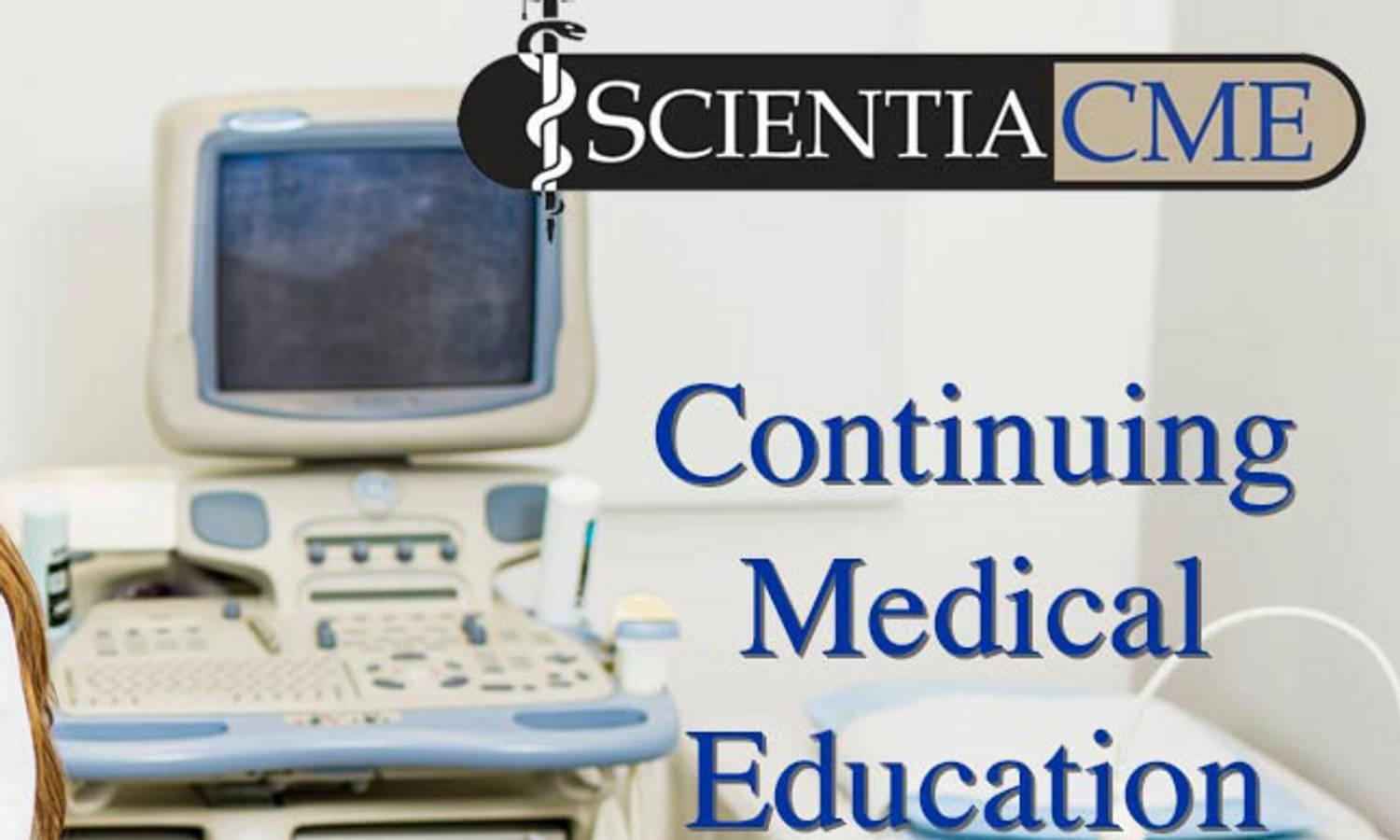
Human papillomavirus: The rationale for prevention and optimizing vaccination strategies
 hosted byScientia CME
hosted byScientia CMEActivity Description:
In this online CME self-learning activity:
The term human papillomavirus encompasses a family of DNA viruses that are sexually transmittable and may cause either benign or malignant lesions. They are the leading cause of cervical cancer (CC), with approximately 90% of CC cases attributable to HPV, as well as a major contributor to anogenital and head and neck cancers although many patients infected with HPV will never develop any related symptoms or disease. The prevalence of any form of genital HPV in non-elderly adults in the U.S. is 42.5%, with the slightly higher prevalence in men. While there are over 40 different HPV types that may infect the genital tract, two (types 16 and 18) are associated with 66% of CC cases and two (6 and 11) cause 90% of anogenital warts.
This learning activity has been designed to bring HCPs’ knowledge of HPV vaccination and associated disease prevention up to date and to improve their competence and performance in identifying those who would benefit from vaccination.
Commercial Support Disclosure: This activity is supported by educational grants from MERCK.
Faculty: Elizabeth Lorde-Rollins, M.D., M.Sc.
Release Date: February 16, 2021 -- Expiration Date: February 16, 2023
Agenda
Faculty introduction, disclosures
Epidemiology, pathophysiology, and risks associated with HPV
- ~ Statistics – snapshots and trends
- ~ Transmission
- ~ Genotypes: The most prevalent oncogenic and STD-related
- ~ HPV-related disease pathophysiology: Replication cycle, natural history, and tissue tropism
- ~ Complications and related diseases in females, males
- ~ Detection and the role of screening
HPV Vaccination
- ~ Individual vaccination rationale, population-level goals
- ~ Commercially available formulations and place(s) in therapy
- ~ Efficacy, immunogenicity, and safety
- ~ HPV vaccination recommendations: Indications, ages, schedule, missed doses
- ~ Barriers to higher vaccination rates: Parental concerns, education, at-risk populations
- ~ Strategies to improve vaccination rates
- ~ Patient case(s)
Summary and Conclusion
Learning Objectives
By the end of the session the participant will be able to:
- ~ Recall the epidemiology and complications of HPV.
- ~ Describe the strains associated with the development of complications and disease and their related pathophysiologic processes.
- ~ Discuss current U.S. HPV vaccination recommendations and apply them to patient cases.
- ~ List current challenges to the prevention of HPV and high-risk groups.
Accreditation
This activity has been planned and implemented in accordance with the accreditation requirements and policies of the Accreditation Council for Continuing Medical Education through ScientiaCME. ScientiaCME is accredited by the ACCME to provide continuing medical education for physicians.
Credit Designation: ScientiaCME designates this educational activity for a maximum of 1.5 AMA PRA Category 1 Credit(s)™ toward the AMA Physician's Recognition Award. Physicians should only claim credit commensurate with the extent of their participation in the activity.
ABIM MOC Recognition Statement: Successful completion of this CME activity, which includes participation in the evaluation component, enables the participant to earn up to 1.5 MOC points in the American Board of Internal Medicine's (ABIM) Maintenance of Certification (MOC) program. Participants will earn MOC points equivalent to the amount of CME credits claimed for the activity. It is the CME activity provider's responsibility to submit participant completion information to ACCME for the purpose of granting ABIM MOC credit.
Physicians:For maintenance of certification (MOC) credit, you must enter your board certification ID # and birth date correctly. It is the learner's responsibility to provide this information completely and accurately at the completion of the activity. Without providing it, the learner will NOT receive MOC credit for this activity. Please note: Not all activities on this site provide MOC credit. If this activity does not specify that it provides MOC credit in this section, then it does NOT provide MOC credit.
Pharmacists:
ScientiaCME is accredited by the Accreditation Council for Pharmacy Education (ACPE) as a provider of continuing pharmaceutical education. This activity is approved for 1.5 hours (0.15 CEUs) of continuing education. Proof of participation will be posted to your NABP CPE profile within 4 to 6 weeks to participants who have successfully completed the post-test. Participants must participate in the entire presentation and complete the course evaluation to receive continuing pharmacy education credit. ACPE # 0574-0000-21-004-H01-P. CPE credit effective 02/16/21 and expires 02/16/23. This is a Application (A)-type activity.
Pharmacists: You must enter your NABP # and birth date correctly so that proof of participation can be posted to your NABP CPE profile. It is the learner's responsibility to provide this information completely and accurately at the completion of the activity. Without providing it, the learner will NOT receive CPE credit for this activity.
Nurse Practitioners (NPs): The American Academy of Nurse Practitioners accepts AMA PRA Category 1 Credit(s)™ from organizations accredited by the ACCME. ScientiaCME will provide NPs who successfully complete each activity with a certificate of participation indicating that the activity was designated for AMA PRA Category 1 Credit(s)™.
Physician Assistants: The American Academy of Physician Assistants accepts AMA PRA Category 1 Credit(s)™ from organizations accredited by the ACCME.
Faculty Disclosure and Resolution of COI
As a provider of continuing medical education, it is the policy of ScientiaCME to ensure balance, independence, objectivity, and scientific rigor in all of its educational activities. In accordance with this policy, faculty and educational planners must disclose any significant relationships with commercial interests whose products or devices may be mentioned in faculty presentations, and any relationships with the commercial supporter of the activity. The intent of this disclosure is to provide the intended audience with information on which they can make their own judgments. Additionally, in the event a conflict of interest (COI) does exist, it is the policy of ScientiaCME to ensure that the COI is resolved in order to ensure the integrity of the CME activity. For this CME activity, any COI has been resolved thru content review ScientiaCME.
Faculty Disclosure: Elizabeth Lorde-Rollins, MD, MSc, Attending Obstetrician-Gynecologist, Good Samaritan Hospital, has no relevant financial disclosures.
Disclosure of Educational Planner: Charles Turck, PharmD, BCPS, BCCCP, President of ScientiaCME, has no relevant financial disclosures.
Disclosure of Peer Reviewers:
Daron Brown, MD, has received financial compensation from consulting work and/or research grants from Merck and PDS, Inc.
W. Martin Kast, MD, has received financial compensation from consulting work from Brooklyn Therapeutics, AOV, Onconetics, Karma, Kiromics, Nutcracker, IMV, and Repetoire
Commercial Support Disclosure: This activity is supported by an educational grant from MERCK.
Instructions
- ~ Read the learning objectives above
- ~ Take the Pre-Test (optional). Completion of the pre-test will help us evaluate the knowedge gained by participating in this CME activity.
- ~ View the online activity. You may view this is in more than one session, and may pause or repeat any portion of the presentation if you need to.
- ~ Take the post-test
- ~ Complete the activity evaluation and CME registration. A CE certificate will be emailed to you immediately.
System Requirements
PC
Windows 7 or above
Internet Explorer 8
*Adobe Acrobat Reader
MAC
Mac OS 10.2.8
Safari or Chrome or Firefox
*Adobe Acrobat Reader
Internet Explorer is not supported on the Macintosh
*Required to view Printable PDF Version

